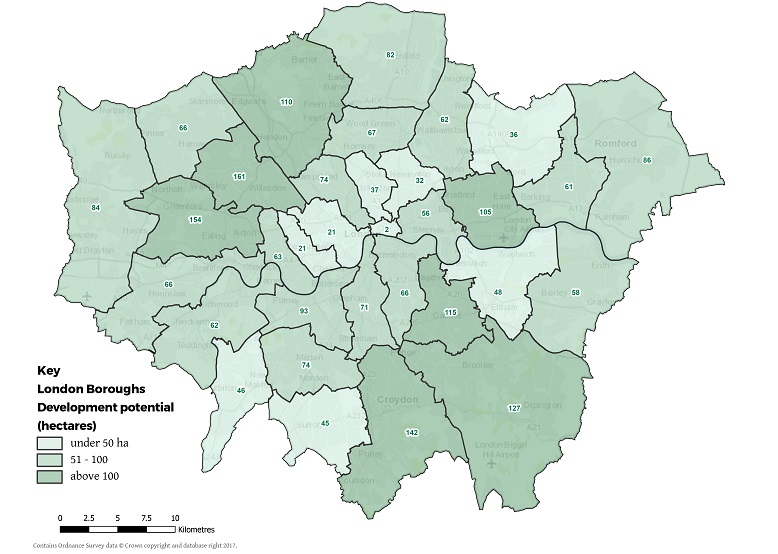More than 800 construction professionals have registered to apply to work in New Zealand in the past few days following news coverage of the unprecedented recruitment push to fill thousands of jobs needed for the biggest infrastructure and housing build in the Pacific nation’s history.
The flood of applications to the LookSee Build NZ website represents a 98.6% increase in registrations, while the number of visitors to the site has risen 111.4% compared to the two-week period following the campaign launch.
LookSee Build NZ is a consortium of government organisations, local body entities and private companies. The aim of the campaign is to attract some of the more than 56,000 staff, including 2,200 high-end specialist construction positions, it is estimated New Zealand needs for the more than NZ$125 billion programme of infrastructure works over the next decade.
Recruitment spokesman and construction consultant Aaron Muir says his team is delighted at the level of professional interest in the recruitment offer, which includes a range of quintessential Kiwi ‘experiences’ such as fishing, surfing and canoeing, cultural events and the chance to see stunning sites of natural beauty.
“New Zealand is open for business because we need and want the best the UK construction sector can offer,” says Muir. “We’ve got the support of the New Zealand Government, which is introducing a special KiwiBuild fast track visa scheme, and we’re partnering with Immigration NZ to make the whole process as smooth and as seamless as possible.”
In addition to the pre-existing $125 billion of infrastructure works, new Prime Minister Jacinda Ardern has announced a NZ$2 billion KiwiBuild housing programme for the construction of 10,000 homes a year for 10 years and a range of new infrastructure projects.
It is the first time New Zealand’s public and private construction sector have combined in a single cause and global engineering and infrastructure advisory company Aurecon Regional Director, Carl Devereux, says the need for top talent is so acute it required an innovative approach to talent procurement.
“The opportunity to be able to recruit in such a creative way by giving candidates the opportunity to come and experience the country for themselves is what attracted us to LookSee Build NZ,” says Devereux.
“Aurecon has a strong pipeline of work, including some of New Zealand’s largest infrastructure projects and hiring global talent ensures we have diversity of thought sitting around the table to solve the complex challenges the engineering industry faces today and into the future,” he says. “Diversity means not only gender but also culture, qualifications and even age – we believe diversity of thought helps us to develop innovative solutions to the problems our communities face today.”
Auckland Transport chief infrastructure officer Greg Edmonds says the recent downturn in British construction activity created an ideal employment environment in which to make a pitch to potential migrants to New Zealand.




